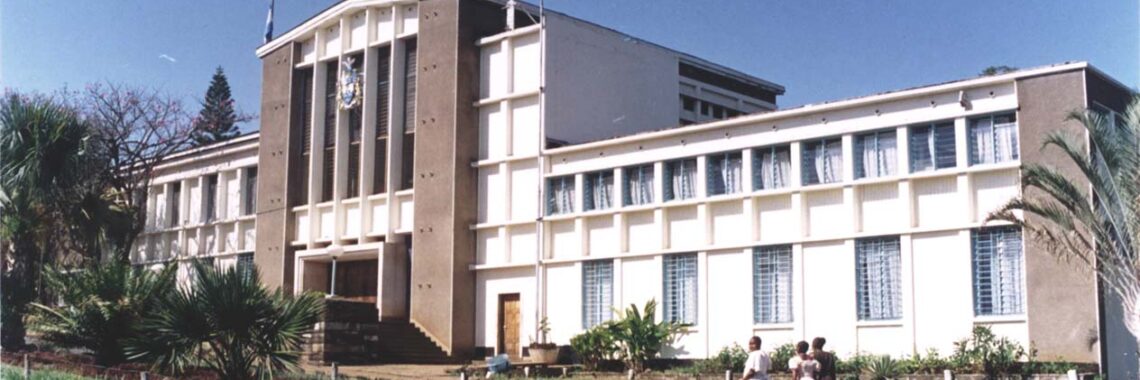“Washington State and the Priest-Penitent Privilege Redux: The Federal Trial Court Injunction” by Charles J. Russo
View of the Vatican City Gardens by Patrik Kunec (CC BY-SA 4.0). My earlier column reviewed Washington’s recently passed Senate Bill 5375 that would have required Roman Catholic priests to violate their sacred duty to maintain the seal of confession by reporting those who committed the heinous act of child abuse to state authorities. Based…











